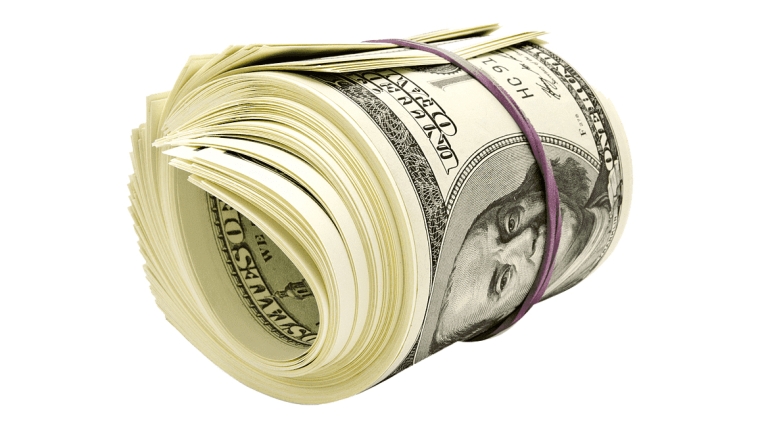
Market movements have been well-contained as the market awaits tonight’s key US CPI report. US Treasuries have traded a very tight range with little movement and the S&P500 shows a modest loss for the day. Of note, oil prices have risen to a fresh 10-month high, lending support to CAD. The USD is slightly stronger and the NZD has consolidated around 0.59. There was little market reaction to the government’s pre-election opening of the books, with the deterioration in the fiscal accounts well telegraphed in advance.
On a day with only modest market movements, it is notable that oil prices are up about 2% to a 10-month high, with Brent Crude piercing the USD92 per barrel mark. The oil market is tight, with record demand being met with ongoing production restrictions by Saudi Arabia. OPEC data suggest that in Q4 the global oil market will face a supply shortfall relative to demand of more than 3m barrels per day, potentially the largest deficit in more than a decade. Crude stockpiles are already well below average and inventories are expected to contract much further over the next quarter.
The rapid increase in oil prices over the past 2½ months, in the order of 30%, is feeding through into higher gasoline prices and year-on-year comparisons have swiftly moved from negative to positive. This will be a key dynamic in the US CPI figures due tonight, which are keenly anticipated, with higher gasoline prices likely pushing up the headline rate to 0.6% m/m and 3.6% y/y, while core inflation expected to be better contained – the ex food and energy measure expected to be up 0.2% m/m, seeing the annual increase fall fourth-tenths to 4.3%. That said, higher headline rates heading into year-end will be a hindrance to a desired fall in inflation expectations, making the job of central banks harder to contain inflation.
The key global economic release overnight was UK labour market data, which showed the unemployment rate rising to 4.3% in the three months to July, its highest level in nearly two years. Meanwhile the annual gain in weekly earnings ex bonuses was steady at 7.8%. While the data were in line with market expectations, they weren’t as strong as feared. Market pricing for the BoE’s meeting next week remained little changed, around the 19-20bps mark, but 2-year and 10-year Gilt yields fell 4-5bps against a backdrop of steady to slightly higher rates across Europe.
US Treasury yields have traded a tight range for another session, the 10-year rate confined to 4.26-4.30% and little changed from the NZ close, currently trading at 4.27%. The 2-year rate has risen slightly to sneak back over the 5% mark.
In currency markets, movements have been modest, but CAD has been the best performer on the back of higher oil prices, but with a gain limited to 0.2% overnight. The NZD is slightly weaker at 0.59, but enough to see NZD/CAD revisit levels just below 0.80. The AUD is down a touch to 0.6420 and NZD/AUD is trading just below 0.92.
JPY has been the weakest of the majors, perhaps a sign that the market had over-reacted early in the week to BoJ Governor Ueda’s weekend comments. USD/JPY is trading back up through 147. The EUR and GBP have also lost a little ground against the USD over the past 24 hours.
In domestic news, as expected, the government’s pre-election economic and fiscal update showed further deterioration in the fiscal accounts, with a shortfall in tax revenue (since the Budget estimates were compiled a few months ago) leading to the budget deficit running some $3b larger than expected for the June 2023 year, at $10b for the OBEGAL measure. This deficit is projected to widen to $11.4b in FY24, or $3.8b larger than projected at the Budget.
Accordingly, the government increased its borrowing programme by $2b for the current fiscal year, with borrowing over the four-year projection period lifted by $9b. This will see gross NZGB issuance of $36b for FY24 along with $9b in short-term borrowings – or $45b over the 48-week period the government is actively borrowing, so that’s around $940m per week. For context, pre-COVID the annual borrowing requirement was just $13b.
As we noted yesterday, the rates market was well-prepared for the deterioration in the fiscal accounts and likely increase in future bond supply, so the reaction was limited. The ultra-long bonds slightly underperformed, with the 2051 yield 1bp higher, after NZDM noted the syndication of a new 30-year (2054) bond within the current fiscal year, alongside a new 2035 bond. The 10-year NZGB fell 1bp to 4.98%, while shorter dated bonds showed falls of 2-3bps. Swaps were down 2-3bps across the curve.
In the day ahead, REINZ data for August will be released this morning, expected to show better metrics consistent with some further improvement in housing market conditions, fuelled by higher net migration. Food and rental data that feed into the CPI will also be released. We’ve already noted the key US CPI report tonight. Also released will be UK monthly GDP and UK and euro area industrial production.

We welcome your comments below. If you are not already registered, please register to comment
Remember we welcome robust, respectful and insightful debate. We don't welcome abusive or defamatory comments and will de-register those repeatedly making such comments. Our current comment policy is here.